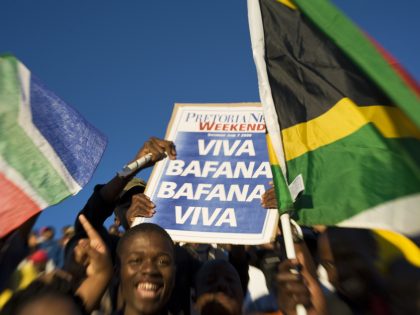Making Something More Racist
Responding to criticism of a Dutch blackface Christmas character, supporters come up with a dumb plan.

The Dutch blackface figure, Zwarte Piet, revived every Christmas. Image by Gerard Stolk via Flickr.
As most AIAC readers know by now, the Dutch are having a very hard time letting go of their precious blackface tradition. Well sadly, but not surprisingly, Zwarte Piet (in English: Black Pete) is still amongst us. Obviously there are so many rational and convincing arguments to keep him; the kids would be terribly upset; he’s a symbol of black power; he actually got black because he came down the chimney; and our all time favorite: he’s good for moral reasons because he demonstrates that black people work too. Asking the Dutch public to get rid of their national blackface hero is just too much to ask in 2014.
But (enter cheers), not all is lost because the Nederlands Centrum voor Volkscultuur en Immaterieel Erfgoed (Dutch Folk and Heritage Center) decided to talk to about 20 Dutch people, do research and what not, all to figure out what a new Black Pete should look like. Hooray. Their ideas were presented on Dutch public television TV show Knevel & Van den Brink. I’m sure they thought real long and hard about it because Black Pete is now, wait for it, no longer black but brown! His Afro is replaced by black straight hair and the big red lips and the earrings have disappeared. People, let’s all get down on our knees and give praise!
This seems to be a very emotional loss for many white Dutch folk; we’ve all heard so much about all their thoughts and feelings on the matter, ranging from why black straight hair is clearly less racist to in to why people of colour have too much say nowadays and should be shipped back. But really, in what universe did people think settling for a ‘new’ Black Pete, would be better? People: never seek to find a compromise on racist imagery because it will really only get worse. Replacing blackface by brownface is a move that clearly demonstrates that the Dutch really do not understand how ingrained and pervasive their racism actually is. Let’s face it, only the Netherlands will try making something less racist by making it more racist.



















